How the new Tetra BalanceBalls work
Would you like to enjoy a perfect view into your aquarium and achieve stable water values with very little effort? Our new Tetra BalanceBalls effectively break down nitrate in your aquarium while stabilising essential water values, such as KH and pH values, so that your fish remain healthy and you can make the most of watching your fascinating underwater world. But how exactly do our Tetra BalanceBalls work? Our very own qualified biologist, Barron Benno ter Höfte, gives us the low-down:
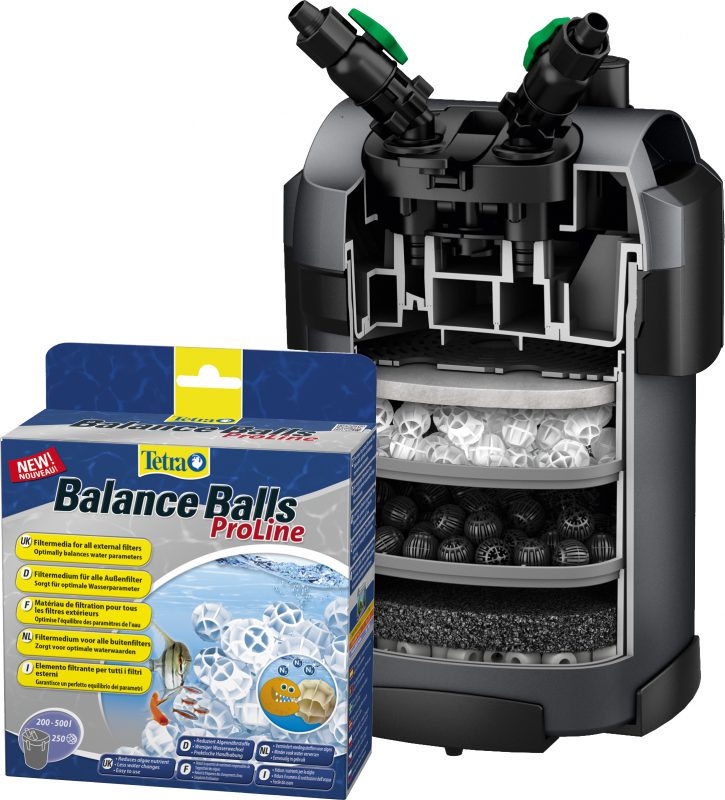
Beautiful aquarium and clean water
In an aquarium, like everywhere on earth — whether in the atmosphere, soil, living organisms or water — fundamental metabolic processes and conversions take place so that the system can function and “live”. One of the vital processes that is crucial for survival is the nitrogen cycle, which includes, inter alia, the nitrification and denitrification processes.
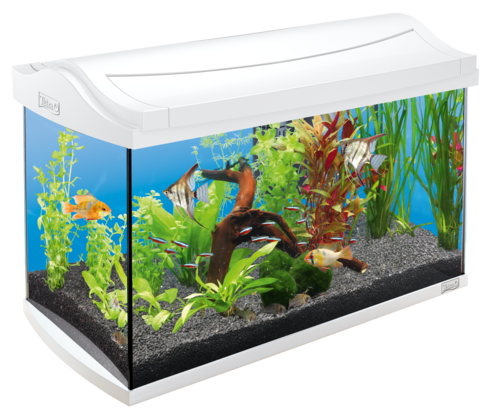
Proper filtering
As an aquarium owner, you are well aware that a properly functioning biological filter is one of the basic requirements for a beautiful aquarium with healthy fish and plants. Here, the term “filtering” generally refers to an air- or motor-driven internal or external filter which ensures effective nitrification, among many other processes. During nitrification, special bacteria turn ammonium/ammonia into nitrite and then into nitrate in the presence of oxygen (aerobic conditions).
Nitrification is therefore an oxidative process, without which the creatures in the aquarium would virtually poison themselves, since ammonia and nitrite are both extremely toxic. To ensure smooth and fast nitrification, i.e. without the several-week settling-in phase, we offer you our tried-and-tested Tetra SafeStart and our new Tetra FilterActive. Both products contain tested mixtures of various filter bacteria commonly found in aquariums, primarily of the Nitrosomonas genus (for breaking down ammonia) and the Nitrospira genus (for breaking down nitrite).
The nitrogen cycle begins with toxic ammonia — an unavoidable degradation and waste product created by fish protein metabolism and other decomposition processes — and ends with nitrate, which only poses a problem to adult fish once it reaches very high concentrations. Fish spawn, on the other hand, can be much more sensitive to nitrate levels. As nitrate is a nutritive substance for plants, unfortunately this also means that excessive nitrate levels in aquarium water can lead to algae problems. Until now, your only options as aquarium owners were to perform frequent partial water changes or to encourage strong growth of aquarium plants to keep nitrate levels in your aquarium permanently at bay.
Targeted nitrate breakdown thanks to the Tetra BalanceBalls
The Tetra BalanceBalls are a new and unique filter medium developed by Tetra’s research team that makes natural denitrification processes beneficial for aquariums. During denitrification, various special types of bacteria break down nitrate into elemental nitrogen, which, unlike nitrate, no longer has an (over)fertilisation effect, escapes into the atmosphere and is thus removed from the aquarium water.
Picture on the left: Filter basket with BalanceBalls, not rinsed, foam build-up due to outgassing of elemental nitrogen as an end product of denitrification.
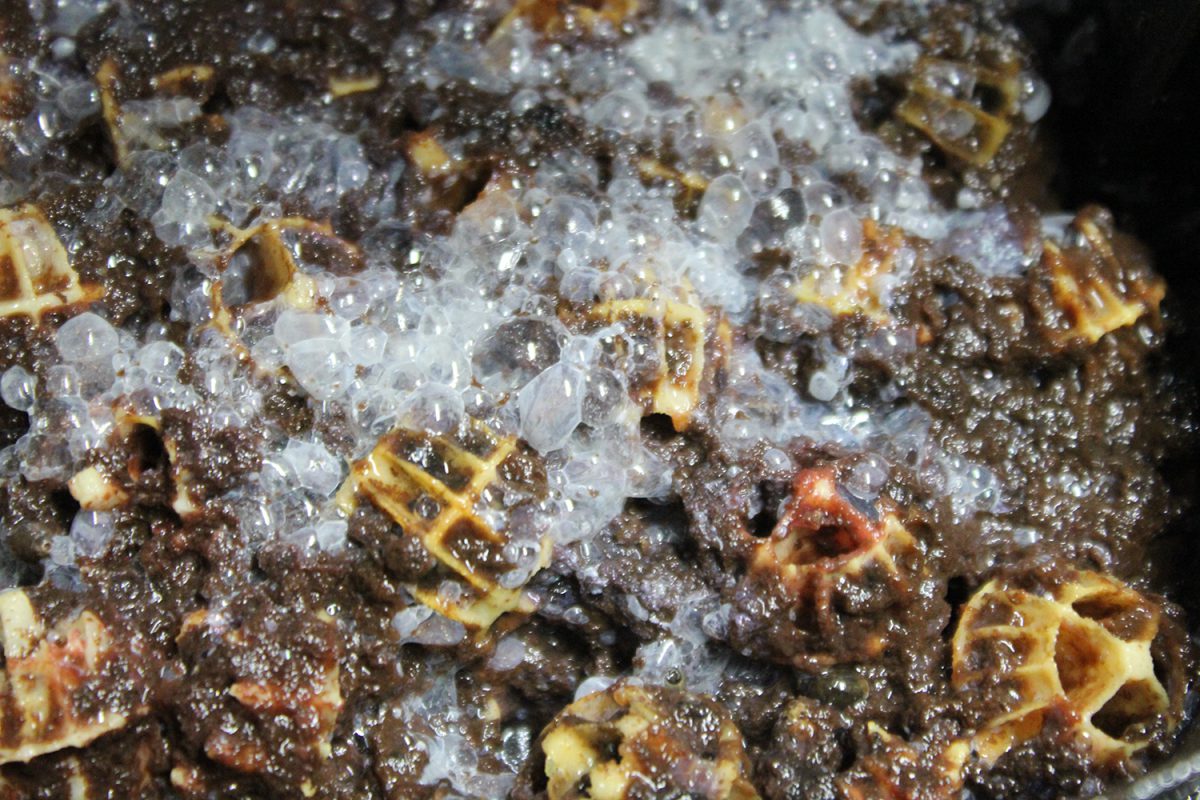
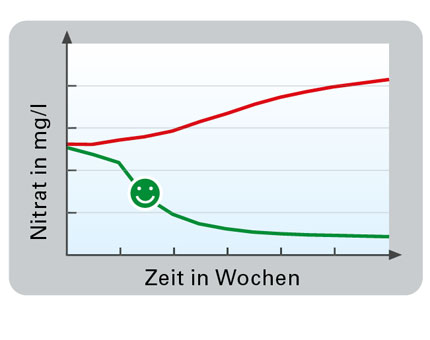
Our BalanceBalls provide the additional source of carbon needed to break down nitrate as well as a perfectbalanceballs surface for forming biofilms. These highly complex biofilms are essential in nature as they offer settlement surfaces on which the nitrifying and denitrifying bacteria can “live” and “work”. We now know that many bacteria genera can breathe nitrate anaerobically without necessarily requiring a total absence of oxygen, i.e. anoxic conditions. In fact, denitrification can even take place in low oxygen concentrations, i.e. hypoxic conditions. These living conditions form by themselves in the biofilms on the BalanceBalls, which offer the first effective, hassle-free means of breaking down nitrate in completely normal external aquarium filters.
Very little nitrate in the aquarium
Comparative measurements and nitrogen balance calculations have demonstrated that once the filter has been switched on and the biofilm has formed, the denitrifiers settle on the BalanceBalls and the nitrate content in the water initially increases less sharply. Once the denitrifier population has become established, the nitrate content is permanently reduced to a low level.

Picture: BalanceBalls, rinsed and dry. Left: starting out with a new BalanceBall; right: the remains after several months.
The nitrate generated from nitrification reaches the denitrifiers (e.g. via the flowing water) in the low-oxygen area of the biofilm, and the BalanceBalls provide a source of carbon. As the BalanceBalls break down slowly, you simply need to top them up every few months, e.g. when you clean your external filter.
Stable water values in your aquariumbalanceballs
Our BalanceBalls also have much more to offer: The breakdown of nitrate releases carbonate hardness agents, which compensate for the losses in carbonate hardness that occur quite naturally, e.g. during nitrification, and thus stabilise the pH value, among other things.
In fact, even during and after the BalanceBalls’ development phase, I modified the design of the external filters of my private aquariums. The Tetra BalanceBalls are now an integral filter media component and my Tropheus cichlids, for example, are extremely grateful to me for the vast improvement in water quality, especially when breeding.
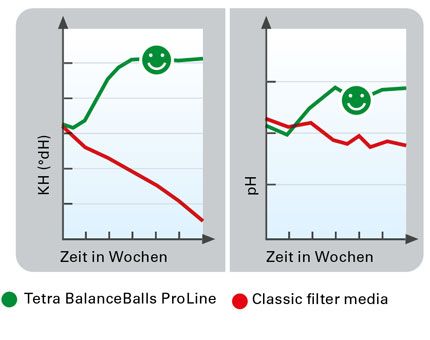
Tetra BalanceBalls ProLine
- Unique filter material made of water-insoluble polymers for all external aquarium filters. Tetra BalanceBalls ProLine break down nitrate specifically and effectively. They can be used both to prevent and combat excessive nitrate values.
- Tetra BalanceBalls also ensure optimum water-quality parameters over the long term by increasing the level of carbonate hardness (KH), which in turn stabilises the pH value.
- Tetra BalanceBalls make it even easier to look after your aquarium, particularly by reducing the number of water changes required – the conventional way to reduce nitrate levels.
- As the balls are placed directly in the filter, they are constantly rinsed with water. This means the nitrate in the water can reach the denitrifying bacteria directly, thus preventing it from accumulating in the first place.
